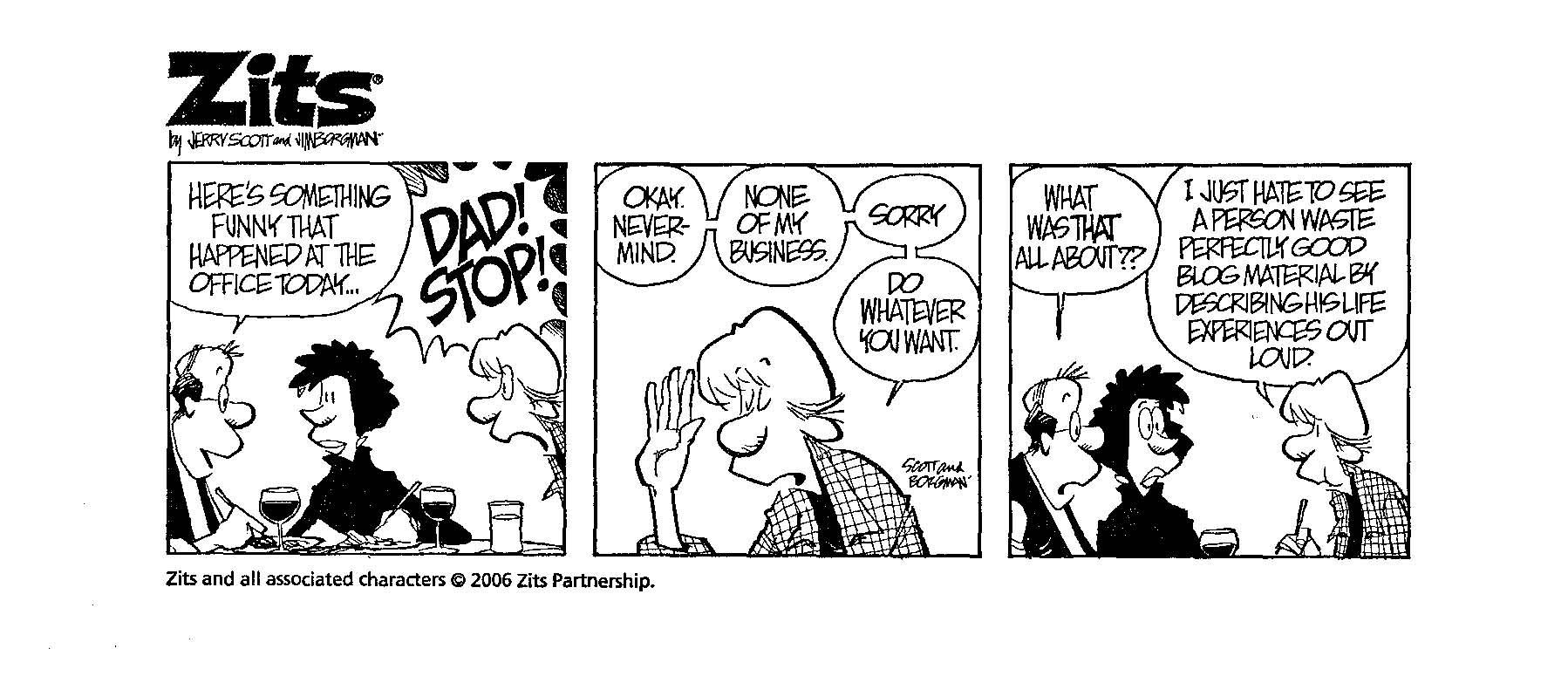To the extent possible, I try to make my practice as paperless as possible. The benefits of doing so are innumerable. Of course, one of the problems is that some people still require an original signature on documents.
 One of the solutions to this problem is to use digital signatures. The problem, of course, is that most people do not understand digital signatures and how they work. A couple of weeks ago, I was able to get a demonstration of a company that is making digital signatures simple and secure.
One of the solutions to this problem is to use digital signatures. The problem, of course, is that most people do not understand digital signatures and how they work. A couple of weeks ago, I was able to get a demonstration of a company that is making digital signatures simple and secure.
The company, ConXPoint, explains that it allows you to:
- Connect with associates, clients, prospects, and vendors – whether they are in the next town or across the globe. Quickly, reliably, and easily.
- Exchange all manner of documents, files, and communications.
- Perform all types of business transactions efficiently and securely. From virtual meetings to electronic signatures to everything in between!
In the demonstration that I received, I was looking mainly at the electronic signature aspect. Their service allows you to create documents and then upload them to your area of their servers. From there, you can have the service contact all of the people that you need to sign the document. They do this by sending an email to the party and asking the party to call you to obtain the password to access the file.
That password is assigned to individual people. Thus, as long as you give it to the person who is supposed to get it, no one else will have access to it. The recipient then signs onto the service, accesses the file, and signs it. The file is stored in PDF format. This means that the file is in a format that the recipient is likely used to working with.
Signing a document is as simple as clicking in the appropriate places. The verification comes not from the fact the the person had the proper information to access the file. The service allows you to access additional control over the signature aspect, such as requiring people to sign in a certain order or requiring a witness to be present when the document is signed.
The document remains stored on their servers, allowing you to download it again at a later time. You can also access the document and verify that the copy you have is the same as the copy on the server.
The key thing that I experienced when trying the service out was that using the service was very simple. This is something you could easily use with a client and feel confident that the client would be able to sign the document without getting confused or overwhelmed.
In addition to the digital signatures, ConXPoint also provides other services, including allowing you to use their servers to store documents. Basically, you can use their service as an extranet for your clients. You give your clients passwords to your area, and allow them to access only the documents they are entitled to access.
The services that ConXPoint provides are quite interesting and have a great potential to increase the ability of people to practice law with even less paper.




